1
HOME > Trends >
16 FASHION INDUSTRY INSIDERS ON SUSTAINABILITY
WHAT CAN BE DONE TO CREATE A MORE SUSTAINABLE FASHION INDUSTRY?
Written by Craig Landale in Trends on the 15th January 2019
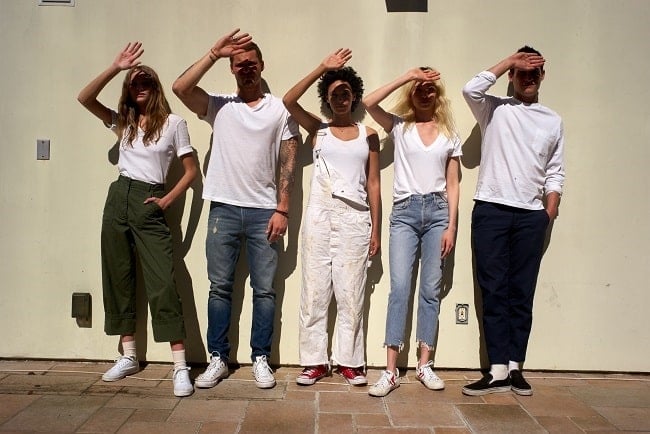
Last year when I first heard about Burberry burning £28.6m of stock I was confused to why the fabrics weren’t recycled for future collections. I fully understood why they couldn’t simply give it all to charity shops or sell it off at highly discounted prices, as doing so would drastically devalue their brand. But to burn it is so damaging to the earth in so many ways. However, due to shocking stories like this being picked up by the mainstream media, the everyday consumer is now changing their shopping habits. The ball is rolling and suddenly the word ‘Sustainable’ is an everyday term in households. David Attenborough showed us how our plastic use is destroying ocean life and Stacey Dooley reported on how our hunger for cheap denim turned a sea into a desert. People are also binge-watching Marie Kondo on Netflix and being inspired to downscale their wardrobes, resulting in a love for slow fashion and the idea of owning a small capsule collection which brings you joy.
But the ball needs to keep rolling for true change to happen; Britain alone is expected to send 235m items of clothing to landfill this year, the majority of which could have been re-worn, reused or recycled. And there's a shocking new realisation that clothes made from polyester, nylon, acrylic and other synthetic fibres contribute to ocean plastic pollution by leaching into the environment just by being washed. However, with the recent news of H&M sitting on $4.3b of unsold clothes, surely this is the light at the end of the tunnel and the demise of throwaway fashion. I truly believe that the more educated we become, the more we will vote with our actions. So, with this in mind, I spoke to 16 fashion industry insiders who've all made positive efforts within sustainable clothing, to seek the answer to one simple question: What can be done to create a more sustainable fashion industry?
“A more sustainable fashion industry is going to require changes in consumer purchasing behaviour, business innovation and operational behaviour as well as increased government legislation and incentives. Progression in these areas will allow for a lower impact industry. From a practical perspective this means a lower rate of consumption, advances in garment and textile technology, regenerative agricultural practises, more efficient use of water and energy, increased environmental guidelines and investment and tax breaks for environmentally progression practises. As a general rule for anyone looking to reduce their own footprint: consume less and invest in better quality pieces that will stand the test of time.” – Bleue Wickham-Burnham, Head of Sustainability at Oliver Spencer.
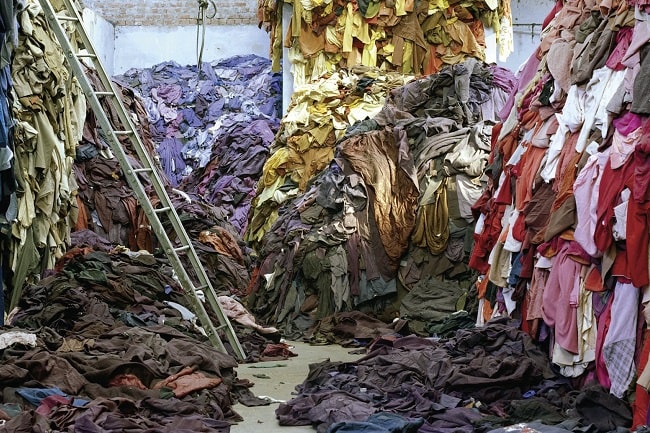
“When we decided to create an eco-friendly brand in 2008, we were inspired by our lifestyle but also by pioneer brands such as Patagonia. If all the brands were following this movement everything would be easier. For example, we were thinking for AW21 to work on open source, being transparent on how we work and where we find alternatives to polluting material. Also, the fashion industry has its impact on climate change. Today, the fight against it requires ending our dependence on fossil fuels, including oil (A duty for us). To start the process, we mapped every aspect of our business, from raw materials to packaging by way of travel and shipping. We would like these details to be open sourced on our website, to inspire other brands and make the information accessible to everybody who would like to change things.” - Julien Durant, Co-Founder of Picture Organic Clothing.
“Environmental and social responsibility is now firmly on the global agenda and too much evidence has been presented to deny the flaws in responsibility of the fashion industry. Crucially though there is a will to change, by both consumers and brands. It’s a cliché, but where there is a will, there is a way and we are now seeing many exciting projects and technical developments happening that are slowly moving us towards a more sustainable, circular economy - from ‘wealth from waste’ fibres to brands starting to repair, recycle and rent their clothing. So, there is a will to change, but consumers should still be encouraged to ask brands what sustainable changes they are making, refuse plastic packaging, seek out lower impact materials and look for third party verification such GOTS certification. The more pressure the quicker the change. But at the heart of a sustainable fashion industry is one key principle: design for longevity. Make clothes that last and keep design durable and timeless. These two simple principles combine to create clothes that people love, build a relationship with and want to look after for longer.” – Penny Jones, Owner of The White T-Shirt Company.
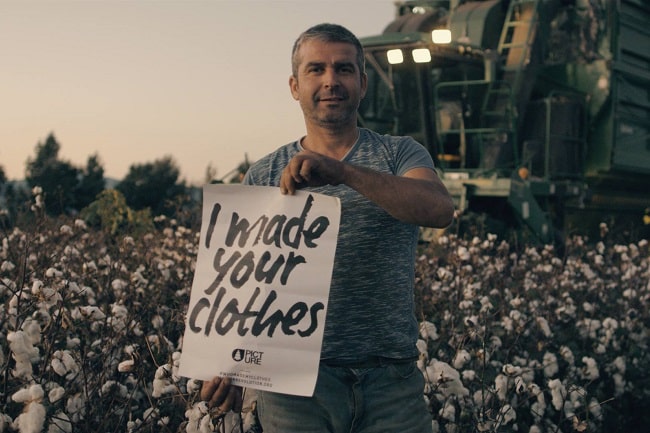
“We started producing lower impact clothing back in 1998 and back then it was really hard. The industry was not set up for it, and the consumer was just beginning to get into organic food, not organic clothing. Now in 2019, I can see that the building blocks are in place for all brands to be able to produce sustainable lines because the factories and fabrics are there, the press understand the issues and consumer demand continues to grow. When I first visited China, rivers were blue with indigo dye from denim factories. Now those factories are connected to government run water treatment plants that remove the dye and make it into bricks. The three main areas that I think need to be joined up to create a more sustainable fashion industry are production, consumer education and engagement, and the afterlife of garments. Governments need to legislate production so that producers move from cheap fast fashion to innovative chemical free reusable fabrics and designs. We should not be able to use harmful chemicals in the construction of clothing, and fast disposable fashion should be taxed with revenue used to fund environmental projects around keeping fashion clean.” - Ade Gunn-Wilson, Sales & Marketing Director of Howies.
“To me radical transparency is the key for change in the fashion industry. Companies will be forced to react and adapt more sustainable and ethical business solutions. I also think companies need to change their attitude on sustainability and start to see it as an opportunity.” - Johan Andrén, Communication & Development Manager of Knowledge Cotton Apparel.
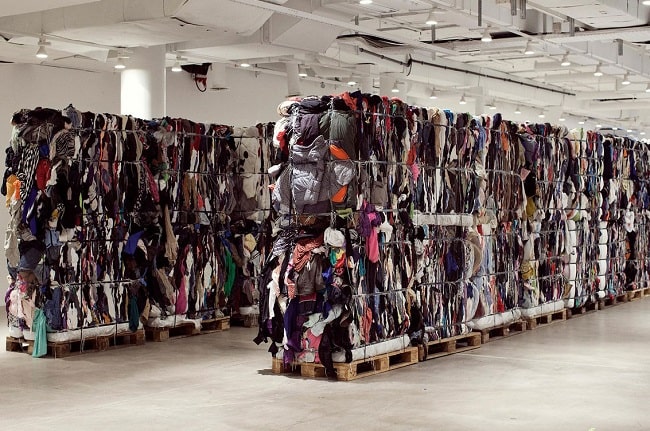
“Awareness, optionality and affordability for consumers are key. Whilst the fashion industry must lead the change by providing sustainable fashion alternatives to the fast fashion culture, consumer demand for this change will also be key, which will in large part be driven by an increased awareness of the damaging impact the fashion industry has on the planet, and brands such as Absolutely Bear have a key role to play in creating an attractive alternative to the big fashion names.” - Nick Fletcher, Founder of Absolutely Bear.
“It lies in the hands of all customers to create a change in the fashion industry. You cannot wait for politics or rules to change existing (non-ethical) companies. There are many ecological solutions for fashion now. So, in these times for me and also for others, it is great fun to adapt the lifestyle to a more sustainable one.” - Michael Spitzbarth, CEO & Founder of Bleed.
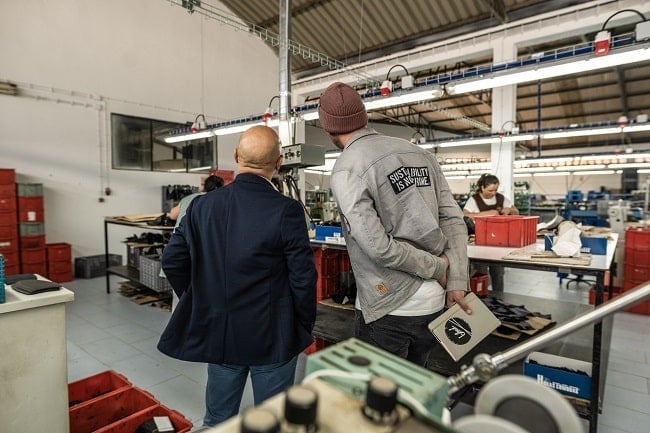
“To create a more sustainable fashion industry, designs need to start using more sustainable fabrics and reduce the amount they produce. We need to create a culture that focuses more on quality over quantity. Switching from cotton to organic cotton, using cardboard packaging and creating less harmful dyes. These are just a few things that could make a huge difference.” – Sam McCarthy, Founder of Ivywake.
“It really boils down to the shift of our mindsets. Firstly, materials used should be natural and sustainable, reducing as much as possible the use of synthetic fibres. However, if this cannot be avoided, we should buy new clothing pieces only because we need them and not because of seasonal trend chasing. In other words, choose slow fashion over fast. Clothing should be seen as an investment that would last a long time and not until the end of the month. That being said, sustainable fashion does not have to be aesthetically inferior compared to fast fashion. Like the increasing appeal of electric vehicles over combustion engine vehicles, sustainable fashion can be both environmentally friendly and great looking. Finally, the proper disposal of old clothing items. If materials cannot be reused again and are made of natural materials, they will return to the Earth safely. If they can be repurposed, the lifespan of that material would be doubled.” - Zak from Beacon & Armour.
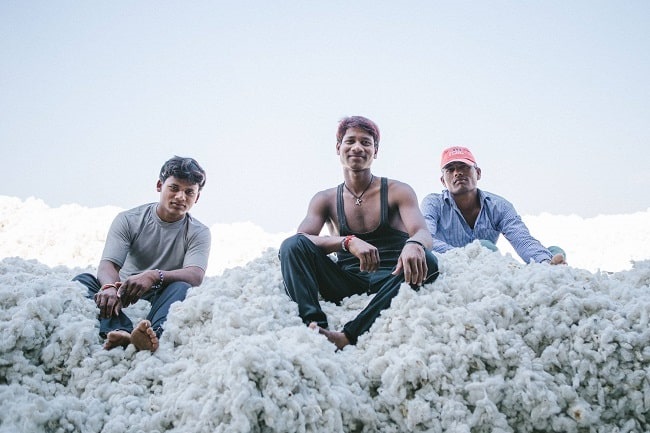
“While it is important for consumers to understand the impact they can have by shopping sustainably, should law makers and brands not change their standards, the options offered to consumers will never change. Laws such as the Modern Slavery Act, now in place in Britain and Australia, are a good start. In order to create true change in the industry, brands need to make an internal cultural shift. Educate and encourage their staff to be mindful and conscious in what they create, celebrate innovation over efficiency and embed sustainable practises into the product design process.” – James Barle, Founder & CEO of Outland Denim.
“There are so many things we can do – from committing to buying more thrift and vintage, to finding a sustainable brand we like and supporting them. But if you want to talk about what’s the most effective and what will have the single biggest impact, it’s eliminating leather and animal fibres. According to data from Copenhagen Fashion Summit’s Pulse of the Fashion Industry Report, as well as kering’s Environmental Profit & Loss report and the United Nations FAO, leather is the single worst material for the environment by far.” - Joshua Katcher, Founder of Brave Gentleman.
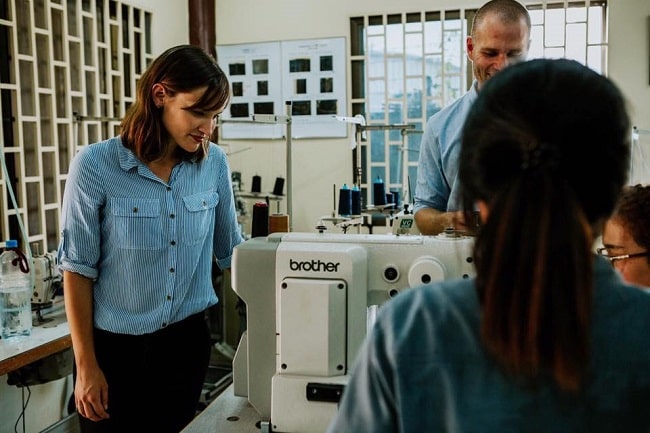
“For brands, we would say educate themselves on the chemicals and amount of water used in their production. Once you’re aware and switched on to exactly how your product is made and by who, it’s much easier to be emotionally invested and hopefully naturally make the right choices and choose the right fabric, factories and production methods. In a literal sense it’s about using natural fibres where you can – plants like bamboo are amazing for fabric – the fastest growing plant in the world, that keeps you warm when you’re cold and cool when you’re hot. It’s all about learning about your fabric, not just buying the cheapest synthetic fabric which is often full of microscopic bits of plastic that end up coming out in our washing machines and then inevitably into our oceans. For consumers, it’s just about buying things you have really considered, and you know will last. Financially this will benefit you in the long run and you’re best spending a bit more on pieces where you know the brand is sustainable, well made and won’t fall apart after one wash and end up adding to landfill. Clothes should be loved, cared for and enjoyed by the companies producing them and the people buying them. This level of care will filter through to the environment and inevitably the air we breath and the ground we walk on every single day.” – Emmie McCourts, Design & Marketing at Komodo.
“It is important to create improvements at all stages of the process, from manufacturing of the raw materials to the end of life of the product. Recycling, reducing and creating new energy from our waste are the three key areas on which we are working on in order to create a new generation of synthetic fur.” – Arnaud Brunois, Communications at Ecopel.
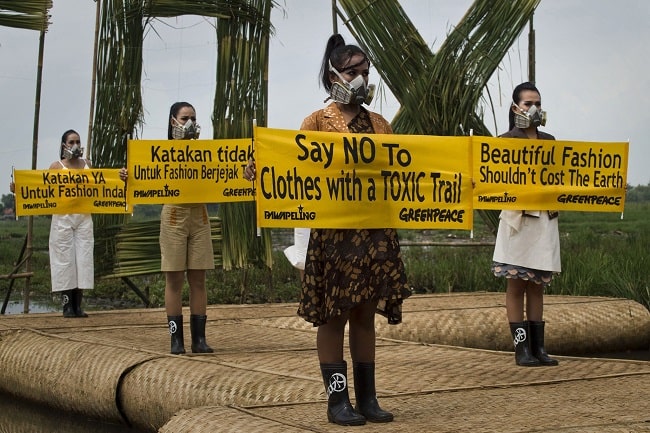
“There should be a focus on making things local with local producers. Through that relationship, naturally accountability comes to the forefront. To give an example, we sell directly from our factory floor where customers can see their jeans being made and the process behind it. You can see who makes the jeans and speak directly to the team. The relationship made with customers needs to be sustainable, otherwise you don’t have a sustainable brand." - Han Ates, Founder of Blackhorse Lane Ateliers.
“The fashion industry as a whole is massively harmful to the planet. The average American throws away 80lbs of clothing annually and 85% of donations end up in landfills. The current model of produce, purchase and pollute just doesn’t make sense. I do some work with the World Economic Forum’s Global Future Council on Consumption and part of our mission is to look at consumption patterns 10-15 years out. Something we’re unanimously aligned on is the idea of the access economy being the future, and a movement away from ownership. The rental market and second-hand market are great because they make inventory more efficient, but they aren’t solving the manufacturing problem or the end of life problem. This concept of a closed loop system allows us to repurpose materials in a meaningful way and provides a huge opportunity for us to recapture value from what we discard.” – Kristy Caylor – Co-Founder & CEO of For Days.
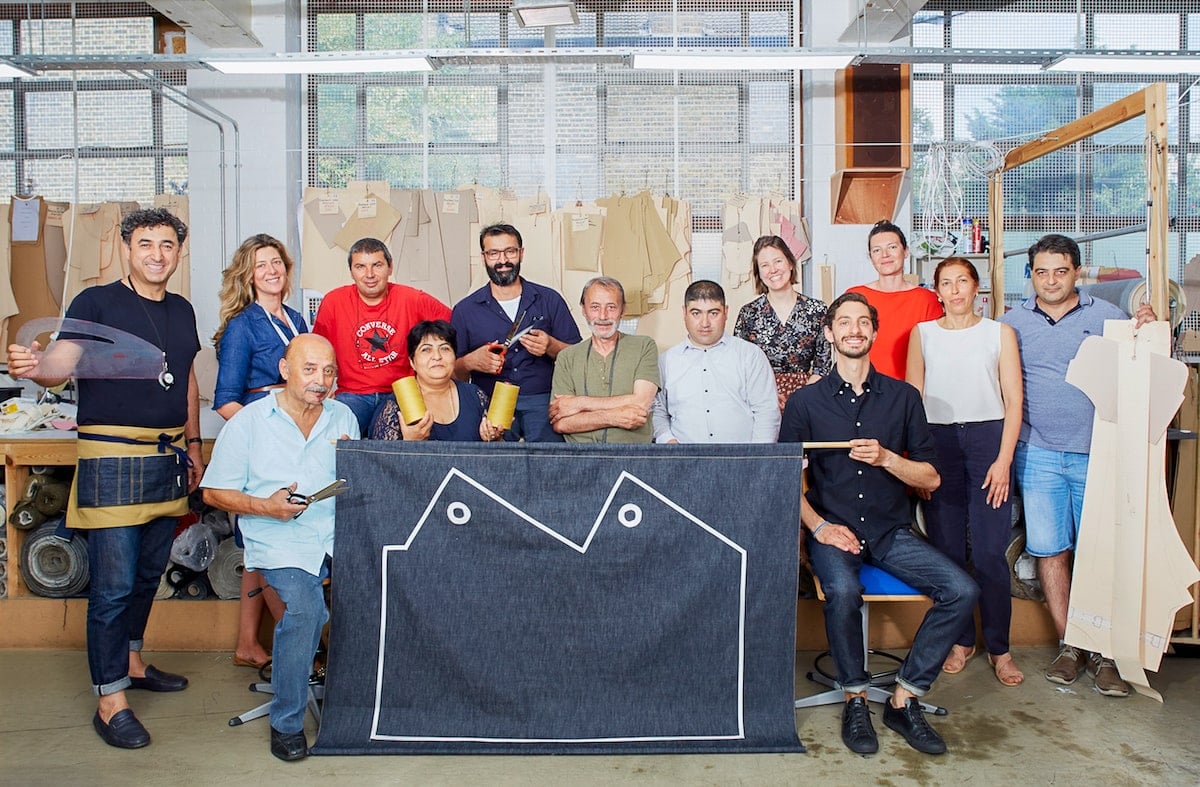
“From a fashion business point of view, create a sustainable model yourself. For example, buy material ethically sourced and sustainably produced. Like merino or recycled cotton. Or introduce hard wearing fabrics that can be worn many times before they need washing, like denim or wool. Furthermore, build your business with longevity in mind. Hire designers, developers and producers that share the same values as you and produce only the amount required for that particular season. Also, changing the archaic MOQ model in both production and fabric buy is something that all brands should put pressure on makers. Huge amounts of leftover fabric and finished garments end up in landfill because of that. From a consumer point of view, the public needs to vote with their purchasing power. Sustainability starts with consumption - unless the consumer buys less and buys better - fast fashion will not change.” – Stacey Wood, Founder of King & Tuckfield.
Is 'Sustainable Fashion' on your radar? #clothing
— Menswear Style (@MenswearStyle) January 15, 2019

Trending
2
3
4
5
6
7
8
9
10












